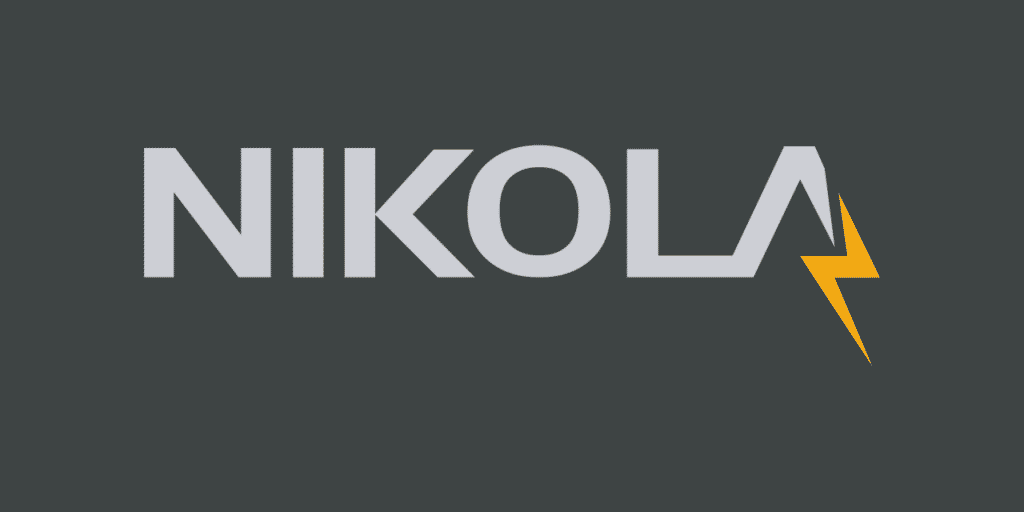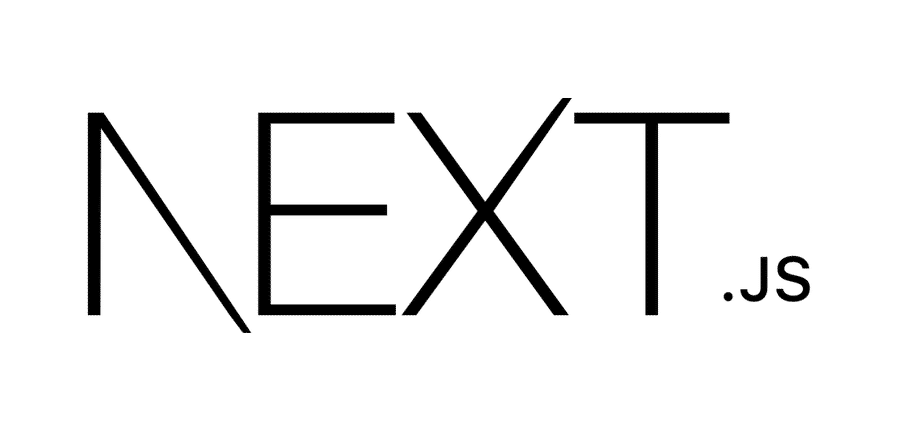When it comes to creating a website. There are two things to keep in mind. The first is your content, followed by a content management system (CMS). A static site generator is used to match your content with your selected website theme. Which is handled by the content management system.
A static site generator takes all of your files and turns them into a static website. This is useful for a variety of reasons. However, selecting the best static site generator is important. And with so many options, deciding which one is best for you may be challenging.
When selecting an SSG, you should consider a number of aspects and consider your own company requirements. Today, we’ll look at the best static site generators to help you figure out which one is the finest static site generator.
What you will see here?
Hugo:

Hugo claims to be the best static site generator on the web. And the numbers don’t lie: site production takes less than 1 millisecond per page.
There’s also a lot to respect elsewhere. Hugo comes with over 300 themes to help you create the right design for your site, as well as tools to help you with typical site-building tasks like SEO optimization. Allowing comments, and adding statistics.
Hugo has a unique look and a lot of adjustabilities. This solution operates in many languages and offers an endless number of content kinds. You can also use markdown language, theme options, and different output formats if you want to go technical. Hugo-built sites may easily be uploaded to any server.
Hugo is free software, which means it may run on any major platform and is entirely free. If you need a quick, easy-to-use site generator but don’t want to pay any money.
Pelican:

Pelican is a free, open-source static site generator that uses Software for programming and Jinja for templating and themes. That’s an excellent start: Python is commonly used. And Jinja includes high-tech themes for almost any application.
Pelican allows users to create material in reStructuredText or Markdown. And it can publish information in many languages. Its static output may be placed anywhere. It supports Atom and RSS feeds. As well as importing material from WordPress, RSS feeds, and other services – allowing you to create new pages using content from existing sources.
Hundreds of additional functions are also possible using the modular plugin architecture. This is another excellent free choice. But you must be comfortable with Python to use it.
Gatsby:

Gatsby is more than just a static site generator; it’s a collection of tools designed to make website development easier in general. With over 2,000 plugins, it can create webpages with material retrieved from your preferred CMS, database, API, or file system.
After you’ve collected your material. You may include the technology you want to use on your static sites. Preview it on Gatsby’s cloud service. And upload pages and sites to your selected web host.
There are many advantages to Gatsby. Site construction is sped up by automated code-breaking, routing, and image optimization, and sites grow as needed. Accessible design is standard.
Gatsby’s free Cloud offering allows one user to create one custom domain. But if you want to go out, you’ll have to pay for the company’s Professional or Enterprise solutions. This starts at $42.50 per month if paid yearly. Gatsby, on the other hand, easily deserves its price with so much going for it.
Nikola:

Nikola gets to work quickly by importing information from a variety of sources. Including Markdown, Python, HTML, and restricted text, it develops your sites slowly, saving you time, bandwidth, and storage space.
Nikola’s site may be hosted by any provider. And there are many other capabilities that make this tool even more useful. It has a simple user interface and automated rebuilds. And it connects with a variety of CMS programs. If you don’t want to deal with coding or command-line interfaces.
Nikola also supports over forty languages and lets you develop your own plugins. Which you can then use in its large library. It’s also free because it’s an open-source project.
Publii:

Unlike other static site generators, Publii does not need users to use a command-line tool to get things going. Publii, on the other hand, is a desktop program with a typical User experience that runs on Windows, Mac OS, and Linux. This makes it easy for those who aren’t familiar with command lines to use this program.
It has a built-in WordPress translator that quickly captures current information. And its user-friendly design allows you to easily choose templates and themes, drag-and-drop new items, and create a gorgeous site.
With plugins and tutorials, Publii also takes care of Google AMP and SEU standards. And your pages may be hosted anywhere. It has one-click syncing with Google Cloud, GitHub, AWS, and other cloud hosting providers. And Block and Markdown editors allow you to go into the code if you wish.
Publii is also amazingly free. It’s one of the most feature-rich static site generators available, and it’s a great option if you want a more familiar user interface.
Next.js:

Next.js is a React-based web framework that can be used to create server-side delivered, statically pre-rendered, and hybrid SSG/SSR web applications. The application comes with a number of built-in features. That help with routing, state dividing, and code dividing.
Because of its ability to help bigger web pages. Next.js has increased in popularity throughout this year, particularly within the Jamstack group. It can create super-fast static web pages that behave like the modern web. User experience (UX), search engine optimization (SEO), and community support are all advantages.
Because it uses a stronger relationship between the framework and the hosting platform than others. Several of its features have needed extra development. This is the framework for you if you want a better user experience, above-average speed, and quick feature development.
Jekyll

With this one, we’ll start from the beginning. Jekyll was one of the earliest SSGs. And its popularity launched a wave of technology in the industry. Jekyll is a simple markup generator that does not need the use of a JavaScript framework. This means that this is the ideal static site generator for people who want total control over the JavaScript delivered to end-users.
Jekyll works by taking your website’s static HTML and converting it into a working static site. It’s a little more complicated to set up if you’re using Windows. This is due to the fact that it required the installation of a Sid environment. If you’re not familiar with Jekyll, it comes with excellent documentation and support as part of the installation process.
Conclusion
That’s all there is to it. When deciding which one is ideal for you, think about the benefits and disadvantages of each, as well as your specific requirements. You should assess your technical skill, content, and the amount of time you can dedicate to it honestly.
Read more
- QR code-The Ultimate Guide to QR Code!
- Apps to make the best funny memes to let people laugh out loud!
- Translating web pages in Safari is now easier!
- Best web hosting services to get your website perfectly done!
- Web Hosting Services- Some basic knowledge you need to have!
















